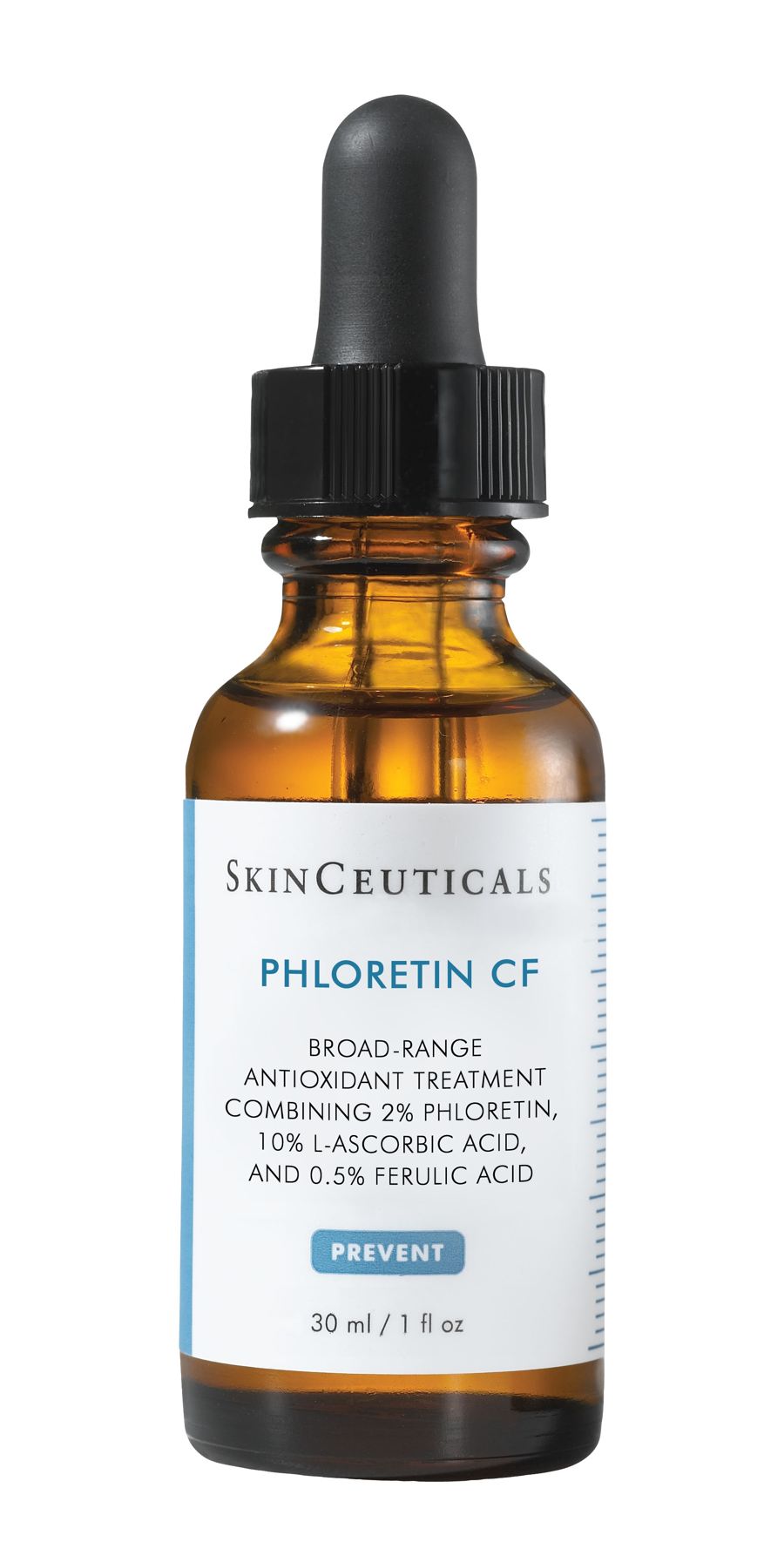
This article is the first in a series on the world of cosmeceutical skin care products, aimed to keep our patients better informed when shopping for skin products.
The aesthetic industry has undergone extraordinary growth over the past decade, with much of the expansion fuelled by an aging population wanting to maintain healthy skin and a youthful appearance. With active lifestyles and professional careers, many consumers no longer view a visit to the spa as essential to experience pampering that rejuvenates their skin. Hectic lives demand simplicity in skin care routines and these savvy customers are exploring options that are cost-effective, non-invasive, multifunctional and able to deliver visible results.
The term “cosmeceutical” was created more than 25 years ago to describe skin care products formulated with functional substances that cannot be categorized as either cosmetics or drugs. These products are found in abundance at your drug store and department store cosmetic counters, and include vitamins, botanical extracts, peptides and growth factors (proteins that regulate skin growth & repair).
As one of the fastest growing areas of personal beauty, cosmeceuticals are products containing ‘active’ ingredients that are used to improve the appearance of the skin, but do not change its function or structure. Commercially, cosmeceutical-grade preparations are available over-the-counter (OTC) and are not regulated.
Many active ingredients fall into several categories as they are believed to have multiple beneficial effects. Some major types of cosmeceuticals include:
- Alpha hydroxy acids
- Antioxidants
- Botanicals
- Exfoliants
- Lighteners
- Moisturizers
- Sunscreens
Buyer Beware
Given that even dermatologists, who have detailed knowledge of the structure and function of human skin and access to current scientific data, find it challenging to keep up with the latest evidence on popular cosmeceutical ingredients, it is even more difficult for the average consumer to be accurately informed.
Although a cosmeceutical skin care product may claim to have a particular active ingredient, the ingredient may not actually be effective at treating what the product says it can. Furthermore, even if it is a “proven” ingredient backed by research, the product may not be an effective formulation or be used at a concentration level needed to make a noticeable difference.
Sorting through the advertised claims of cosmetic products can be an important yet daunting part of the purchasing process. If a product’s claim is too good to be true, chances are it is. When comparing products, it’s a good idea to ask yourself what the product claims to do and if any testing has been performed. Two additional points to keep in mind: typically only larger brands are able to conduct any research to support claims, and product quality is subjective and difficult to prove.
Finally, cosmeceuticals can be derived from either natural or synthetic sources. Although extracted from plants, botanical ingredients have the potential to cause skin irritation or allergic reactions, so the use of organic compounds is not a guarantee of safety.
Watch for our next issue of the Spring Newsletter: We’ll review the most common and talked-about active ingredients that manufacturers are using, including purported benefits and products that we trust.
If you have any questions regarding cosmeceuticals, please speak with our skin care specialist or your dermatologist.